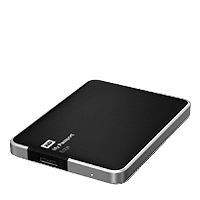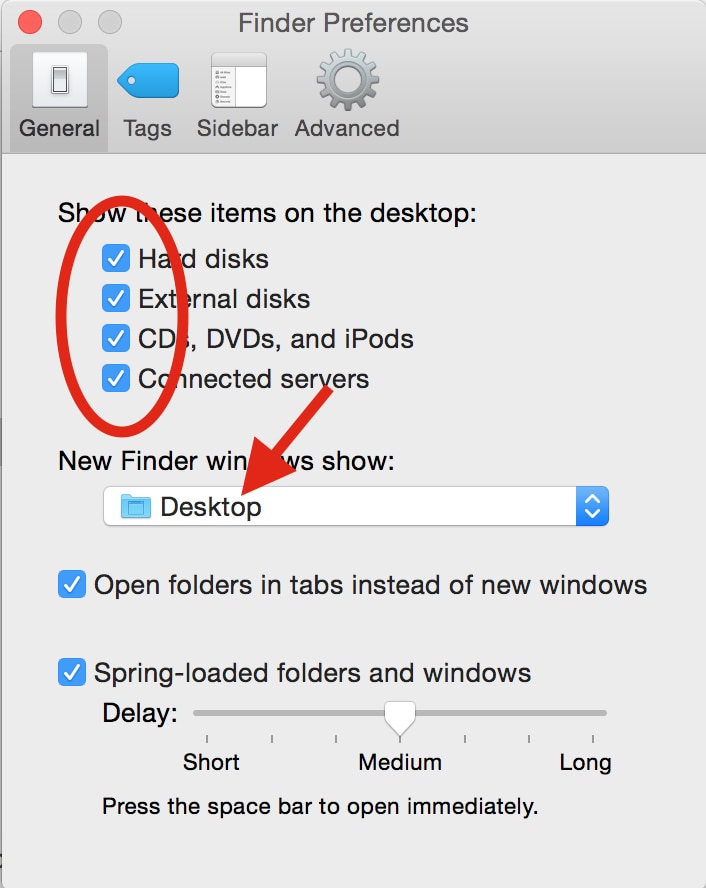

In these instances, Screen Sharing supports multiple sharing sessions.
#RETRIEVE FILES FROM MY PASSPORT FOR MAC MAC#
Since OS X supports multiple user accounts, you may connect to your remote Mac when another user is logged on. Then you can paste it by pressing Command-V. To use the shared clipboard option (enabled by selecting “User Shared Clipboard” in the Edit menu), copy any selected text or images on either Mac and the data will stream to the clipboard of the other. You can similarly copy files from your remote Mac. With these, you can drag files from the Finder in your current Mac to the screen sharing window to copy them to the remote computer. Screen Sharing supports additional options such as synchronized clipboards and drag-and-drop support for file sharing.

IDGĮnable Screen Sharing or File Sharing on your remote Mac and access it from another Mac’s Finder window sidebar. When done, you can select your Mac in the Finder sidebar of another Mac configured with the same iCloud account and then click the option to share the remote Mac’s screen and open applications and documents on it. By default only administrators are given access, but you can add specific users to the list or select the option to allow all users. To enable Screen Sharing, go to the Sharing system preferences, enable the Screen Sharing service, and ensure that your user account is allowed access. It’s a good idea to test such a connection from a local coffee shop before needing to use Back to My Mac for mission critical work.
#RETRIEVE FILES FROM MY PASSPORT FOR MAC UPDATE#
In addition, check or reset your router’s firewall (toggle it off, and test the connection), and also update your router’s firmware to its latest version. If you can set up Back to My Mac but cannot seem to connect from a remote location, you might need to check your router’s settings to ensure UPnP, or NAT-PMP services are enabled. To help ensure that this happens, launch System Preferences, choose the Energy Saver preference, and enable the Wake for Network Access option.Īnother issue you might run into is if your network has a firewall configured that prevents Back to My Mac access. Also, it should be configured to wake on demand so that when it’s asleep, it can act on a Back to My Mac request. Keep in mind that Back to My Mac requires that the remote Mac be connected to the Internet. You’ll find the option for enabling Back to My Mac within the iCloud system preference.Īt this point, any Mac you have similarly configured with iCloud should be able to access the one you set up with Back to My Mac. Log into iCloud in the iCloud system preferences.ģ. Create an Apple ID if you don’t have one.Ģ. Setting up Back to My MacĬonfiguring Back to My Mac isn’t difficult. There are a number of “dynamic DNS” services that can do this, but perhaps the most convenient (and arguably best) option is to use Apple’s Back to My Mac service. But before doing so you will need a way to access your Mac from wherever you are on the Internet. If you would like to remotely access files that are stored on your Mac, there are several ways to do it. They also have the drawback of storing your files on third-party servers, which might not be the most desirable place for personal or sensitive information. While the advent of services like iCloud Drive, Dropbox, Google Drive, Box.com, OneDrive, and MediaFire have made accessing your files easier, most of them require you to organize your files in specific synchronized folders on your Mac. There will undoubtedly be times when you are away from your Mac but need to access a file or two on it.


 0 kommentar(er)
0 kommentar(er)
